Isometric Exercises
Isometric exercise, often referred to as static strength training, is a form of physical activity where muscles are contracted without changing their length. Unlike traditional resistance training exercises that involve movement, isometric exercises involve holding a position against resistance. These exercises can be performed using body weight, resistance bands, or even everyday objects like walls or door frames.
However, isometric movements involve holding static positions for prolonged periods. research suggests the constant tension on the muscles may help enhance muscle endurance and keep dynamic activities.
What is an Isometric Exercise?
Isometric exercises place tension on special muscles without moving the surrounding joints. By using constant tension to the muscles, isometric exercises can help improve physical endurance and posture by strengthening and stabilizing the muscles.
There are two types of muscle contractions: isometric and isotonic. When muscles contract isotonically, they lengthen or contract against resistance while maintaining the same amount of tension. When there is an increase in tension but a constant length of muscle, isometric contractions take place.
Eccentric and concentric movements are two types of isotonic contractions that are commonly used in strength-training exercises. Muscles shorten during concentrated movements and lengthen during eccentric movements.
Muscles do not lengthen or shorten during isometric exercises. Isometric exercises involve no movement of the joints or changes in the size or shape of the muscles. The isometric contraction is usually held for a few seconds or minutes by the person. Holding the body in a specific position causes tension in some isometric exercises; other isometric exercises may require holding weights.
Maintaining the contraction causes the muscle to fill with blood and puts the muscle under metabolic stress. This may enhance one’s stamina and strength. One benefit of isometric exercises is that they can be easily incorporated into many weightlifting exercises and are generally quite simple to perform without the need for any special equipment.
How isometric exercises work
You likely have experience with isometric exercises. For ten seconds, firmly press your hands together in a prayer position. Your arms won’t move at all, but your chest and arms will feel tense. There was an isometric exercise that you just finished. You’re probably also familiar with the example of holding a plank. It’s also difficult to just stay motionless when your muscles are tense, as anyone who has taken a barre class knows.
Though your muscle fibers are engaged in such a position, there is no movement because equal forces are opposing each other. The force required to lift the weight is greater than the force exerted when pressing down on a 20-pound dumbbell during biceps curls.
By moving to isometrics, you can take a break from jumping onto boxes, lifting heavy weights, and doing countless crunches. Your back will thank you for it.
Benefits of isometric exercises
Isometric exercises are frequently combined with more dynamic exercises in fitness regimens.
- They are useful activities for triggering many muscle fibers at once.
- They need less practice to complete exercises with good form compared with some dynamic activities, such as squatting.
- They are appropriate for people with damage or medical illness that restricts movement. For example, a 2012 study found that isometric activities are suitable for people with osteoarthritis.
- Some study Source indicates that isometric exercise training may be an adequate way to reduce blood pressure.
- According to a 2015 study, these activities can enhance muscle strength and the ability to maintain weight over longer periods.
- Some research indicates that isometric activities may help with pain reduction for lower back pain, knee osteoarthritis, and neck pain.
Helps you get in shape: Because you can activity at a lower intensity with little or no resistance, isometric movements are a wonderful starting point for your fitness journey. Then, as you get more confident, comfortable, and stronger, you can include more isotonic exercises and weighted exercises.
Maintains muscle strength: Isometric exercises are superior to traditional strength training in strengthening joints, according to research. They achieve this without causing the discomfort that eccentric and concentric movements sometimes cause.
Reduces high blood pressure: Isometric exercises, particularly the wall squat, have been shown in a 2023 study to be a potentially useful method of lowering blood pressure. An isometric leg exercise known as a wall squat (or wall sit) involves maintaining a squat position while leaning your shoulders and back against a wall behind you.
Although the exact mechanism by which this influences blood pressure is unknown, researchers believe it may be related to the blood flow that occurs when your muscles contract and relax. When we think about high blood pressure, we think of chronic artery narrowing, which causes higher pressure in them. Isometric training has been proven to maintain blood pressure. However, after reviewing 270 earlier studies, the researchers discovered that isometric movements were the most effective.
Helps in rehabilitation after an injury or surgery: Although this type of exercise is beneficial for everyone, isometrics is especially helpful for those who have recently had surgery or an injury. These workouts are excellent low-impact methods for people to keep their muscles strong. This is the first type of exercise you can just do after injury or surgery by getting help from a medical team.
Increases range of motion and strength in people with osteoarthritis: Osteoarthritis can cause pain, particularly when a joint is being used extensively or during exercise. using isometrics to activate muscles and maintain strength before loading them with more resistance can be helpful for people with osteoarthritis. This method can improve function, decrease pain, and increase the range of motion, according to research.
Advice for isometric exercise
Remember to squeeze
You must firmly squeeze your muscles because you are not depending on movement to exhaust them. This is known as “maximal voluntary contraction” in technical terms, and it simply means that you tense up your muscles as much as possible.
Breathe correctly
Naturally, your body will want to tighten up and hold your breath when performing isometric exercises. However, by doing so, you will be eliminating yourself for oxygen, which is exactly what your body needs to perform better. It’ll also make your flatmate freak out and cause you to flush. Try this instead. Shut your eyes and cover your lower abdomen with your right palm. Imagine filling up a balloon behind your belly button as you inhale; your belly should get rounder.
Squeeze the air out of your nose as you exhale. Observe how your abdomen tightens. To get a hold of it, keep inhaling and exhaling for five counts. As you breathe, feel your hand rise and fall. Breathe in this manner while performing isometric exercises.
Maintain proper form
As incorrect form can result in injury, you frequently hear trainers stress the importance of ideal form. Shoulder or lower back strain can result from excessive weight when bench pressing 100 pounds, for example, if done incorrectly. In isometric exercises as well, form is important. Even though there isn’t a lot of weight pressing against you, positioning is still crucial to prevent injuries.
Additionally, some research points to the possibility that experimenting with different angles can strengthen muscles. Change up your exercises because the research is still valid even though it is a little older. For example, by tightening up and positioning your arm at a 90-degree angle, you can strengthen your biceps muscle at a single length. See how you can improve your upper-body strength by holding your arm at a 45- or 120-degree angle.
Mix it up
It is still better to do aerobics than isometrics to improve cardiovascular health in general. Additionally, lifting progressively heavier weights is the best approach if you want bigger muscles. Consider isometrics as an additional resource to enhance your toolkit for leading a more physically fit and healthy lifestyle, rather than the complete package. To achieve all of your fitness objectives, it is advised that you continue to engage in a range of exercise activities.
Risks of isometric exercises
In general, isometric exercises are slightly more intense for major muscle groups than many active activities. However, although they can be safer, isometric movements may still induce or aggravate existing damages. Doing isometric exercises with imperfect form can also lead to injury. For illustration, performing a plank without proper form can raise tension in the lower back, potentially leading to damage. If a person feels any pain or discomfort while completing an isometric exercise, they should stop instantly.
Isometric exercise examples
Every muscle in your body can be targeted with an isometric exercise. Your level of fitness will determine how long you hold each movement. When you begin working out, try to hold an exercise for three to ten seconds. However, it’s reasonable if you can complete the task in up to 30 seconds, he adds. “Just pay attention to your body and gradually extend your time.”
Additionally, he advises adhering to the standard strength training protocol, which calls for doing three sets of the hold you’re working on. Applying weight or resistance to keep the area you’re working in a static position will allow you to increase the difficulty as your strength grows. The lack of joint movement and muscle movement is crucial when performing an isometric exercise. Numerous types of isometric exercises individually target different muscle groups.
Here we describe Some typical isometric exercises in detail:
Plank
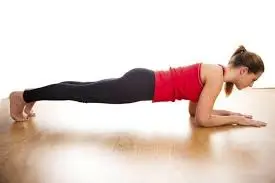
- The core muscles can be effectively strengthened by performing plank exercises. To perform a plank:
- Take a push-up position to begin.
- To place your forearms flat on the ground, bend the elbows.
- Maintain a straight body alignment, with the forearms positioned beneath the shoulders and the core muscles tight.
- maintain your posture in this position for 10 seconds. Then gradually increase the timing to 60 seconds.
Low Squat
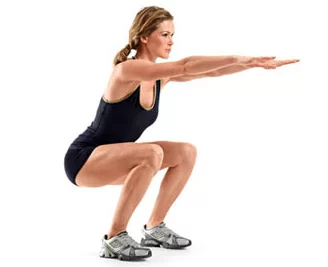
- With your hands by your sides and your toes pointing forward, take an upright position with your feet hip-to-shoulder width apart.
- Push your hips back, bend your knees, extend your arms forward, and lower your body as much as you can while maintaining a flat back and a braced core.
- Hold for 5 seconds then back to the original position do it ten times.
Split Squat
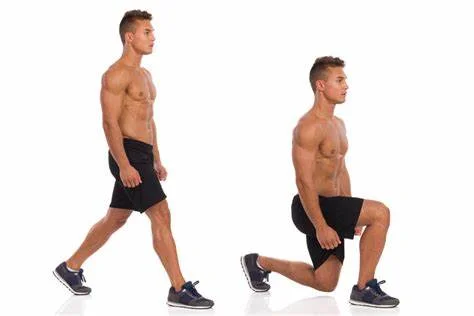
- Split squats can help reduce your chance of developing a runner’s knee and other overuse injuries if your glutes and quadriceps are weak.
- After using an athletic stance with your back straight and your core tight, take a lunge position.
- Put until your front knee is at a 90-degree bend and your back knee is almost touching the floor to increase the challenge of the pose. Hold this position for a couple of seconds then back to starting position. complete 5 repetitions of this exercise.
Wall Sit

- Place your hands by your sides, your feet hip-width apart, and your back against a wall.
- With your shoulders and butt in contact with the wall, slide down the wall until your hips and knees are at a 90-degree angle.
- Hold until you become tired.
Glute bridge
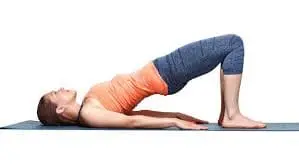
- After the quadriceps, the gluteal muscles are the focus of the glute bridge exercise. Lie on your back with your knees bent upward and your feet flat on the floor to execute a glute bridge. Stretch your arms out and raise your palms.
- Use your arms for stability as you contract your core muscles and raise your hips off the floor until your torso is in a straight position.
- As you maintain this posture, contract your core muscles.
Dead hang
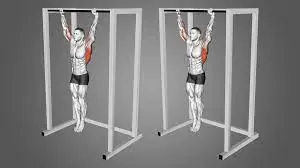
- The upper body, especially the shoulders, will be worked with the dead hang. To complete this exercise:
- With your hands shoulder-width apart, grab a pull-up bar.
- To make the body appear to be hanging in midair, cross your feet and raise them back off the ground.
- As long as you can, hold this position.
Bent-over press against the wall
- Take a low lunge position to begin. At approximately chest level, place your hands on the wall. Push and lean against the wall. The exercise will target your shoulders more intensely the lower you bend. The exercise will target your chest more intensely the longer you remain upright.
- Release any remaining tension in your face, particularly in your jaw and brow. Breathe throughout this exercise.
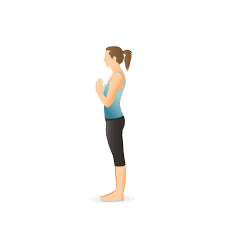
Prayer pose
- Put your palms together. You may have your elbows pointing down towards the floor or flaring out to your sides. Put your hands together. It will be more difficult the harder you press.
- Avoid putting excessive stress on your shoulders when pushing by keeping them level.
Self-arm wrestling
- Flex your right arm at a ninety-degree angle. grab your right hand with your opposite hand. Push them jointly as difficult as you can.
- While your right biceps control your arm from dropping, your left triceps are attempting to push your right arm down. Repeat on the different side. People usually tense their upper bodies in this place, so be sure to ease up on your shoulders.
Triceps extension against the wall
- Place your fists at head height on the wall and take a lunge. Make fists against the wall with your triceps.
- During this exercise, try not to tense your shoulders. Remember to breathe deeply as well.
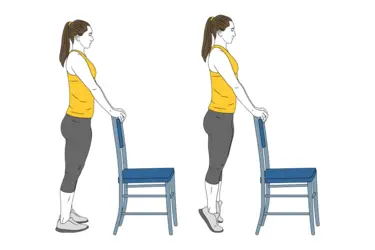
Calf Raise Hold
- Place your feet hip-width apart and raise yourself onto the balls of your feet, trying to make your heels look as high as possible like you’re wearing ‘Barbie’ or high heels.
- This exercise works the gastrocnemius and soleus muscles in the calf as well as the muscles in the foot and ankle.
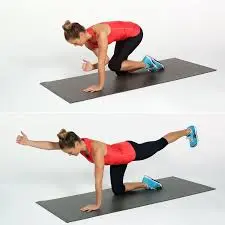
Bird dog exercise
- With your knees beneath your hips and your wrists beneath your shoulders, start on your hands and knees. Keeping your hips in alignment for balance, extend one leg straight back at hip level and the opposing arm forward at shoulder level. Engage your core throughout.
Front Raise Hold
- Position your feet shoulder-width apart and use resistance bands or a weight in each hand. Maintain a neutral spine, engage your core, and keep your arms straight and out in front of you at shoulder height.
- Keep your spine neutral and contract your core. Maintain this posture, making sure your arms remain parallel to the floor.
- The front shoulder muscles, or anterior deltoids, the upper chest, and the trapezius are the main muscles used.
V-Sit
- With your upper body slightly leaned back and your legs extended, take a seat on the floor. Form a V shape by raising your upper body and legs at the same time. Maintain an engaged core while maintaining balance on your sit bones.
- The lower back muscles, hip flexors, and rectus abdominis are the main muscles used.
Leg Extensions
- Place your hands on the chair and both feet flat on the floor while you sit in a chair with your tailbone firmly pressed against the back of the chair.
- Reach your toes as close you can without giving up form as you slowly extend your right leg out in front of you and contract your quads.
- After maintaining the posture for 30 to 60 seconds, return to the beginning and switch sides.
Isometric Push-up
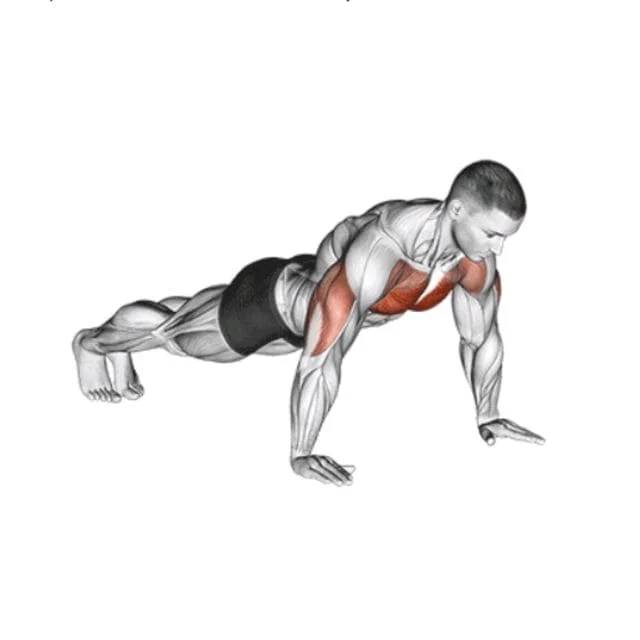
- Place yourself on all fours with your hands slightly wider than your shoulders, your feet together, and your body in a straight line from your head to your heels.
- When looking at yourself from above, your upper arms should form an arrow as a result of your elbows bent so that they flare out diagonally from your torso.
- When you feel tired, lower yourself until your elbows are at a 90-degree angle and hold there.
Static Lunge
- With your hands by your sides and your feet hip-width apart, take a proud stance.
- Keeping your back flat, shoulders back, chest up, and core tight, step forward with your right foot firmly. When your left knee is 90 degrees bent and your front thigh is parallel to the floor, lower your body.
- Hold for equal repetitions on both sides until you become fatigued.
Dumbbell Curl
- With your palms facing forward, hold a pair of dumbbells at arm’s length by your sides as you stand.
- Curl the dumbbells until your forearms are parallel to the floor while keeping your elbows tucked and your upper arms locked in place.
- Hold until you become tired.
Bench Press

- With your palms pointing forward, hold a pair of dumbbells or barbells just above your chest while lying on a flat bench. Your feet should be flat on the floor, and your head, upper back, and butt should all make contact with the bench.
- Keep your elbows close to your body, slowly lower to the sides of your chest.
- When you feel the weights getting heavy, stop and hold the position until you become exhausted.
Pull-Up Hold
- With your hands shoulder-width apart, grab the pull-up bar.
- Raise yourself until the bar reaches your upper chest.
- Squeeze your shoulder blades together with your elbow lowered, and hold that position for one minute or two minutes.
Flexed-Arm Hang
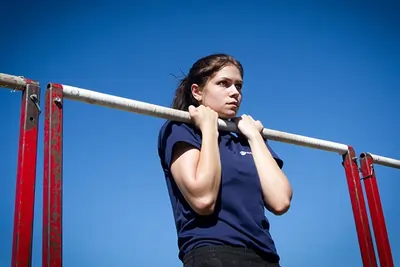
- With your hands shoulder-width apart and an underhand grip on a pull-up bar, hang your body.
- Once your upper arms are parallel to the floor, pinch your shoulder blades down and bend your elbows.
- Hold until you become tired.
Good Mornings
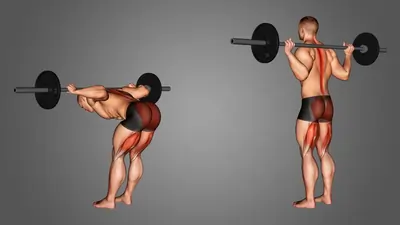
- Place a barbell across your back like you’re about to perform a back squat. When your chest is parallel to the floor, drop it by hingeing at the hips.
- Return to standing after ten seconds of holding.
- Next, tilt the torso down to just 45 degrees by hingeing once more. After holding for ten seconds, stand back up.
Goblet Squat
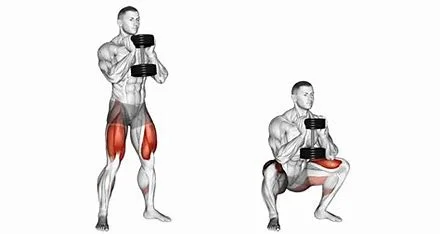
- Lower yourself into a squat while holding a heavy dumbbell or kettlebell in the front rack position with both hands in front of your chest and your elbows close to your sides.
- For five seconds, hold at the bottom of your range of motion (ideally parallel or slightly below), then push through your heels to stand back up.
Lateral Shoulder Raise
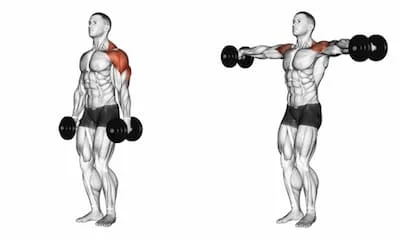
- Place your feet shoulder-width apart and bend your knees just a little bit.
- With your arms straight and your elbows unlocked, hold the weights at your sides.
- Lift the weights to shoulder height by distributing them equally on both sides.
Upright Row
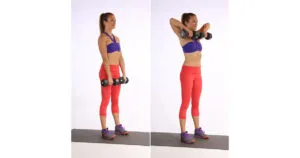
- With your knees slightly bent and your feet hip-distance apart, assume an upright posture.
- With your arms straight, gently grasp the barbell in front of you.
- Raise the weight to shoulder level by bending your elbows.
Superman
- To do this exercise you have to take a prone position on the floor or meet. now. raise and hold both your arms and legs as high as possible.
- The Muscles targeted in this exercise are the Lower back, glutes, and hamstrings.
Hollow body holds
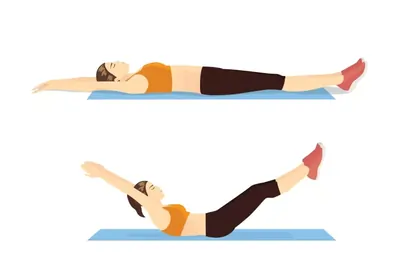
- Put your arms up overhead while you remain flat on the ground. Only your lower back should be on the ground as you raise your legs, arms, and shoulders off the floor.
- Hold the position for around 30 seconds. Your body should resemble a half-moon or a canoe while you execute.
Isometric neck exercises
- Place your feet flat on the floor and take a seat to begin. To maintain an even balance on your buttocks, you should shift your weight slightly forward. Maintain a level head and relaxed shoulders. You might be able to maintain your balance by using an armchair.
- Put your hand on your forehead. Your neck muscles should resist. Maintain for ten seconds. Calm down. Five times, repeat.
- Press on the side of your head while performing the exercise once more. Five times, repeat. Turn over a new side.
- Press on the back of your head while performing the exercise once more. Five times, repeat.
Side plank
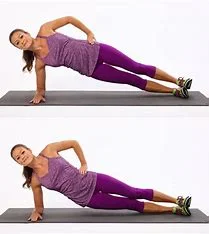
- Place your legs extended and stacked from hip to foot while lying on your right side. Exactly beneath your shoulder is where your right arm’s elbow is. Make sure that the back of your head and your spine are parallel. On the left side of your body, you can position your left arm.
- Your navel should be drawn towards your spine as you contract your abdominal muscles.
- Breathe out and lift your knees and hips off the mat. There are no sagging or bending muscles in your torso. Maintain this position.
- Inhale after a few breaths and take a step back to where you were before. Holding for sixty seconds should be the aim. Repeat even as switching sides.
Isometric quadriceps exercise
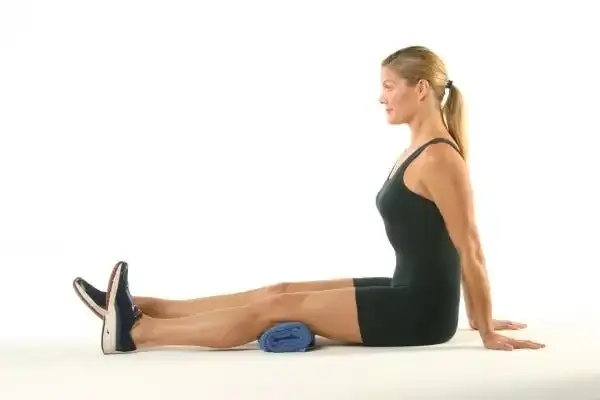
- To complete this exercise you have to take a high sitting position.
- Now, place a rolled towel or small cushion beneath your right knee. press the towel by your knee. simultaneously, contract your upper thigh muscles.
- Hold this for 5 seconds and then release. complete 5 repetitions and then switch the side.
Isometric Exercises Drawbacks
- Isometric exercises have certain drawbacks even though they can benefit your joints and muscles. Only in the particular position you’re training, do the movements aid in the development of strength. That can make things like getting out of a chair easier in that it makes the first push a little bit easier. It is necessary to train the muscle throughout the entire motion to become stronger throughout the process of getting up from a chair.
- Isometric exercises have certain drawbacks even though they can benefit your joints and muscles. For the same reason, isometric workouts aren’t the best way to increase your muscle mass or strength. You’ll need to execute the eccentric and concentric motions of a specific exercise to achieve those goals. When performed alone, isometric exercises are typically thought to be less effective. You may see a plateau in your strength development or only make small progress if you only perform isometric exercises as part of your strength training regimen.
How to maximize the benefits of your isometric exercise
- Isometric exercises are the warm-up performance, not the main desire, if you compare an exercise program to a musical performance. if you perform them in addition to isotonic exercises, you aren’t going to enjoy the rewards of a well-rounded regimen.
- However, studies back up the efficacy of using eccentric and concentric exercises to increase muscle mass.
- Additionally, it’s critical to focus on your form. Inadequate form during exercise not only raises your risk of injury but also prevents your ability to effectively maintain and gain muscle. If at all possible, have your form during exercise examined by a neutral healthcare provider (such as a physical therapist, certified strength and conditioning coach, or your doctor).
- And never forget: Consistency is also important. Maintaining an exercise routine will improve your endurance, repetitions, and sets. You’ll accomplish your fitness objectives and get stronger.
Does Isometric Training strengthen Muscles?
- While isometric exercises can help in muscle growth, not everyone may benefit from them. Your goals will determine everything. Advance your weight training to moderate to heavy weights if you want to gain muscle mass and improve your one-rep max.
- Traditional strength training is a better option if your goals are strength and hypertrophy. If strength is the primary goal, prioritize lifting large weights for three to five repetitions. Aim for eight to twelve repetitions with moderately heavy weightlifting if your goal is hypertrophy.
- Heavyweights (more than 60% of your 1RM) are the best for maximizing your 1RM, according to research, even though lifting weights heavier than that amount increases both muscle mass and strength.
- Your muscle endurance, or the amount of time your muscles can sustain a given movement, can be greatly enhanced with isometric exercises. a prolonged muscle contraction lengthens the time under tension, thereby requiring your muscles to work for an extended period. Thus, including isometric exercises in your routines supports your muscles’ adaptation to force production and maintenance.
- Isometric workouts are great for endurance athletes like runners, cyclists, swimmers, or divers who want to cross the finish line faster, but they may not be the best choice for weightlifters trying to set personal records in the gym. isometrics trains precisely the kind of muscle contractions that are required for endurance sports like running and cycling. Isometrics can be beneficial for almost any endurance athlete.
Summary
With isometric exercises, you can tighten your muscles without moving the joints around them. Muscle endurance can be increased by performing these exercises. Planks and glute bridges are a couple of isometric exercise examples. They are appropriate for those whose range of motion is restricted as a result of an illness or injury. Enhancing a workout routine with isometric exercises can help muscles function better.
FAQ
What differentiates isotonic exercise from isometric exercise?
Isometric training enhances the muscles’ strength, improving their ability to resist any force, while isotonic exercise improves strength and the muscles’ ability to deliver power by changing the muscle length.
Isometric workout is good or bad?
Isometric activities can be useful, however, in improving stabilization — keeping the involved area’s position. These activities can help because muscles usually tighten without action to help stabilize joints and your core.
What is the goal of isometric training?
With isometric exercise, specific muscles are tightened without prompting the nearby joints to move. By using constant tension in the muscles, isometric movements can be useful for enhancing physical endurance and posture by supporting and stabilizing the muscles.
Could you practice isometrics every day?
In general, short-duration bodyweight isometric exercises (such as 30-second planks) are safe to perform daily; just be sure to change up the muscles you’re working.
What is isometric training called?
Include isometric workouts in your daily routine to strengthen your muscles. Isometric workouts, commonly referred to as static strength training, involve prolonged contractions of a specific muscle. To put it simply, an isometric exercise is one in which the muscles are used but not moved.
References
- Kandola, A. (2023, June 26). 5 isometric exercises for people to try. https://www.medicalnewstoday.com/articles/isometric-exercises#exercises-to-try
- Clinic, C. (2023, December 22). 5 Isometric exercises you should be doing and Why. Cleveland Clinic. https://health.clevelandclinic.org/what-is-isometric-exercise
- Kuslikis, T. (2021, December 21). Isometrics: the secret to gaining strength — without moving a muscle. Greatist. https://greatist.com/move/isometric-exercises
- Moore, P. (1970, January 1). Think you have to move your muscles to feel the burn? try isometrics. https://www.onepeloton.com/blog/isometric-exercises/
- Blanton, K. (2022, October 31). Do isometric exercises build strength? a fitness expert explains. Prevention. https://www.prevention.com/fitness/a41802019/isometric-exercises/
- Mills, A. (n.d.). Isometric Exercises: Examples, benefits, and applications. https://blog.nasm.org/isometric-exercises/
- Falk, M. (2023, July 14). How isometric exercises can help you build strength and endurance. Shape. https://www.shape.com/isolation-exercises-6827836
- Hughes, C. (2023, June 7). 20 Benefits of isometric exercise and Why You should be doing isometrics. Bullworker Personal Home Fitness | Isometric Strength Training. https://www.bullworker.com/blog/20-benefits-of-isometric-exercise/

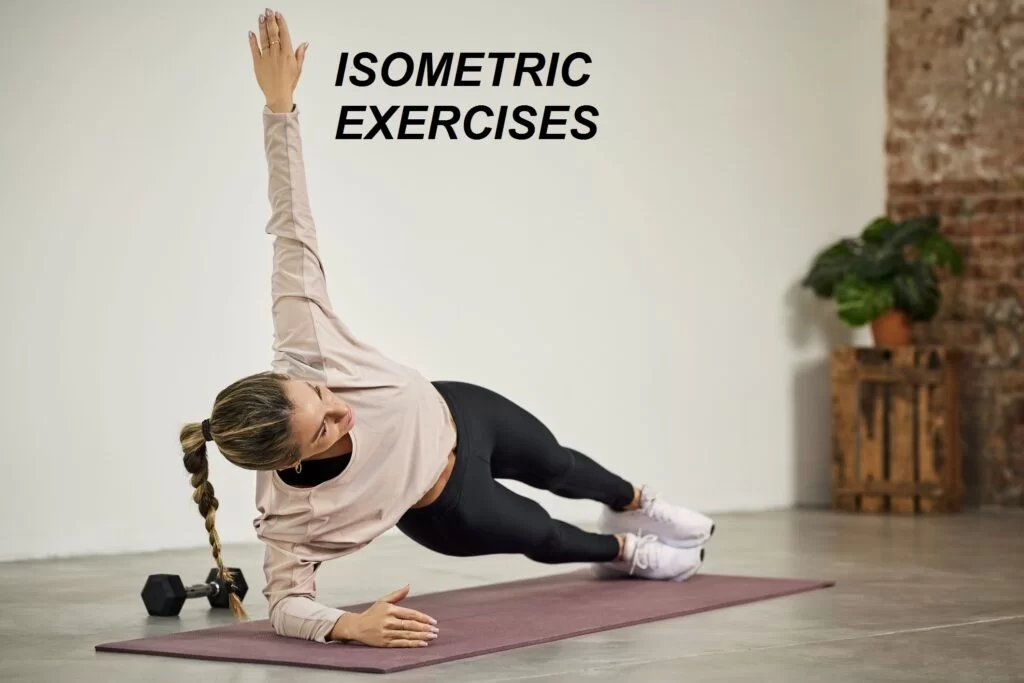
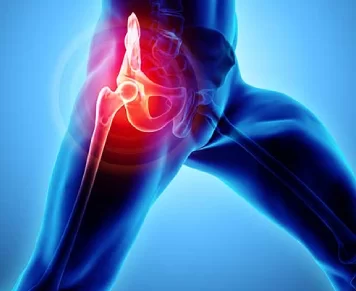

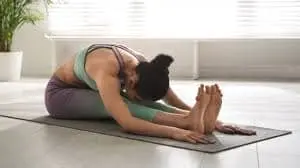


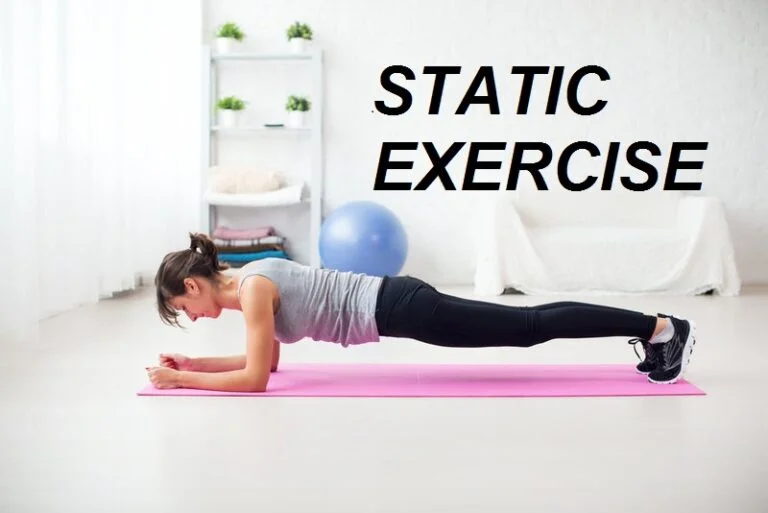
6 Comments